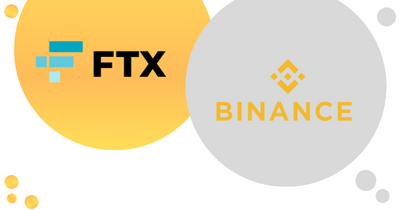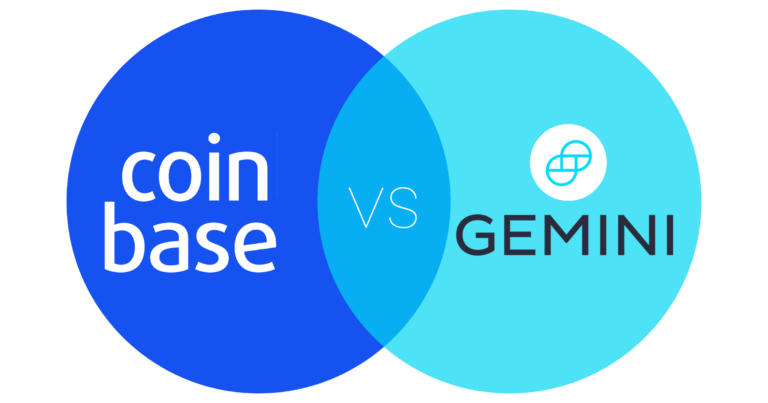Different Types of Markets For Crypto Trading
Cryptocurrency can be bought and sold in several ways depending upon which market a trader is interacting with. While most short-term traders stick to the spot market, the first option we will examine is several others that traders engage with daily, all with their own set of risks and benefits.
Below we will take a quick look at five of the most common crypto markets, Spot, Short Selling, Margin Trading, Futures, and Options Contracts.
Spot Trading
Spot trading involves the buying and selling of different cryptocurrencies for immediate delivery. In other words, spot trading is a simple one-for-one swap that occurs in real-time at a set price. When a trader logs into their account on Binance, Coinbase, Kraken, or any other exchange and places a buy or sell order, it goes to the order book, a list of all buy and sell orders for a particular coin or token. The buy or sell order sits on the order book until it is filled, and the entire process is known as spot trading.
For example, a standard buy order to purchase 1 ETH at market price would be considered a spot order. Similarly, selling 1 ETH at the current market price is another example of a basic spot order. In later sections, spot trading involves several order types such as limit and stop-loss orders that play an integral role in trading the spot market.
When traders and investors refer to the concept of ‘buying high and selling low,’ they are talking about spot trading, which, as we will see, is different from several other types of markets. For the vast majority of individuals, most trading is done on the crypto spot market.
Short Selling
Shorting, also called short selling, is a way for traders to bet against a cryptocurrency and profit when it loses value. The basic premise of short selling involves:
- Borrowing an amount of coins or tokens from the exchange (also known as opening a short position).
- Selling them.
- Repurchasing them when the price drops.
- Repaying the exchange the number of coins/tokens initially borrowed.
Short selling works because traders are not borrowing money from the exchange/broker but rather a set amount of a cryptocurrency. When it comes time to pay the exchange back, they are only required to repay the number of coins or tokens borrowed, regardless of their current or past value.
For example, let’s say a trader has been watching ETH increase in value over several days and believes the token will experience a price drop soon. In anticipation of this drop, the trader decides to open a short position by borrowing 5 ETH at $2,000 per token, which she sells right away. Once the price drops to a level she feels comfortable with, say $1,800 per token, the trader purchases 5 ETH, which is immediately paid back to the lending party. At the end of the process, the trader has made $200 per token, which amounts to $1,000 minus fees and commission.
Although short selling is much more common in legacy markets such as stocks, commodities, and forex, many popular crypto exchanges are now offering their clients the ability to short several of the top 100 cryptocurrencies.
Margin Trading
Margin trading involves using borrowed funds to buy and sell cryptocurrencies. To do this, traders need to provide collateral in fiat or cryptocurrency, which they can significantly leverage to increase their buying power. For example, a leverage of 10:1 on a margin account would mean for every dollar worth of cryptocurrency a trader buys, they get 10 times that amount. Margin trading allows speculators to significantly increase their profit by gaining access to capital they don’t have. That being said, while gains can be multiplied several times over, so can losses, making margin trading a very risky venture.
Of all the risks margin traders face, being liquidated is by far the most damaging one. For a trader’s margin position to be liquidated, it must drop to a value lower than the initial collateral they provided.
If all this seems confusing, don’t worry, it is a topic we will explore in greater depth in the future. But, for now, it is sufficient to understand that margin trading is when a trader borrows funds from an exchange or broker to purchase more cryptocurrency than they otherwise would be able to.
Futures Trading
As the name implies, the futures market is built around speculating the future price of a particular cryptocurrency, which is done via the buying and selling of futures contracts. In basic terms, a futures contract is an agreement obligating the holder to buy or sell a particular coin or token at a specific price on a pre-chosen date. These contracts are traded on supporting exchanges and require the use of leverage, just like with margin accounts.
Options Trading
Like the Futures market, options contracts give the holder the ability to buy or sell a cryptocurrency at a specific price at some point in the future. Unlike futures, however, the holder of an option contract is under no obligation to buy or sell the coin/token in question.
Options are contracts that give the holder the right to sell or buy a particular cryptocurrency at a specific price on or before a predetermined date. For example, if the contract says that Bitcoin will reach 60K (the ‘strike price’) by the following Monday, then the trader is ITM (in the money) if the price is above or at the strike price, and OTM (out of the money) when it is below the strike price.
Options are bought at a premium, and this premium depends on how close it is to the strike price. Typically, options that are close to the strike price are cheaper than options that are further away. This makes sense considering that an OTM option that expires tomorrow is a higher risk than one that expires next month.
Options trading is a complicated topic and, like margin trading, is one we will explore in further depth in later installments.





